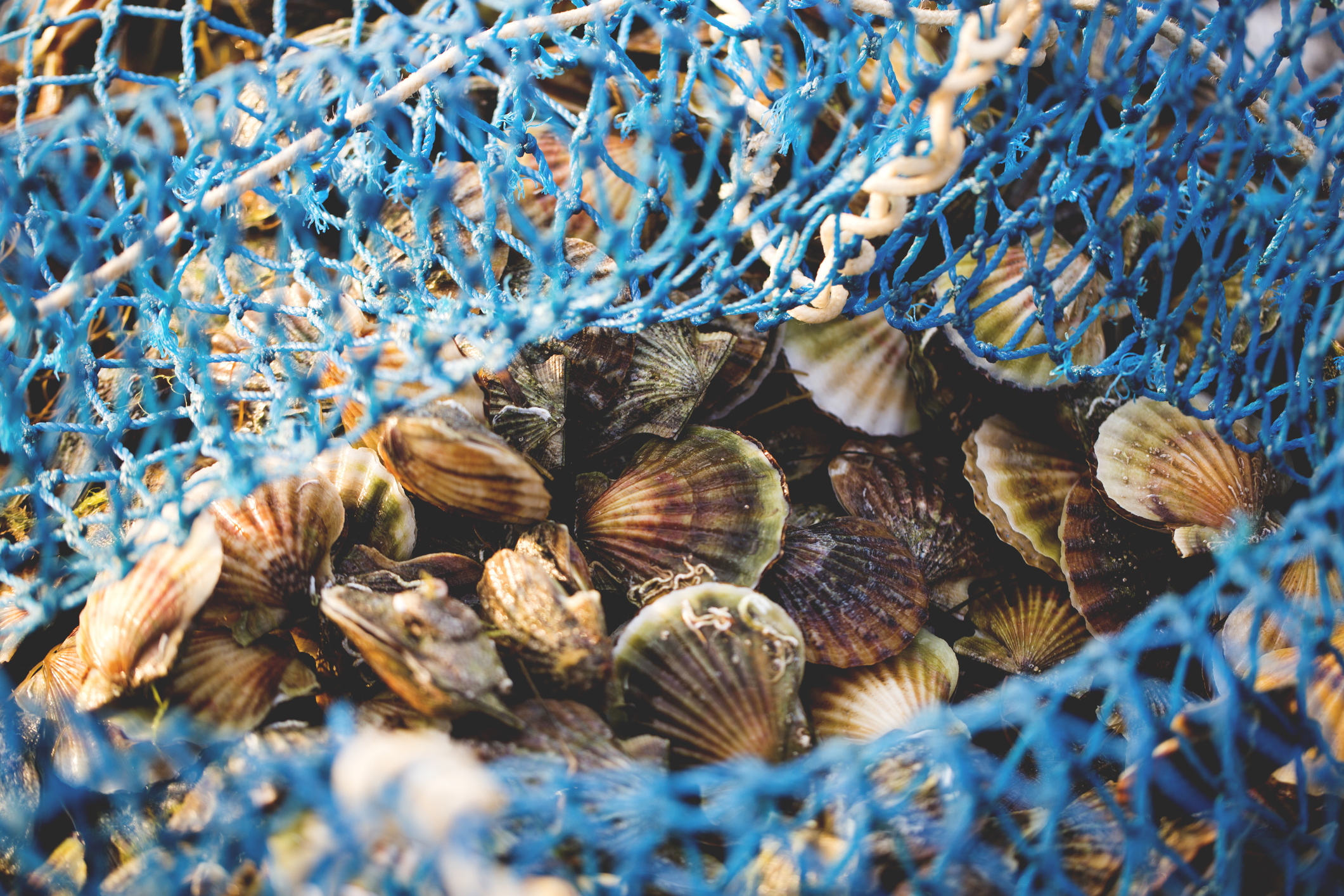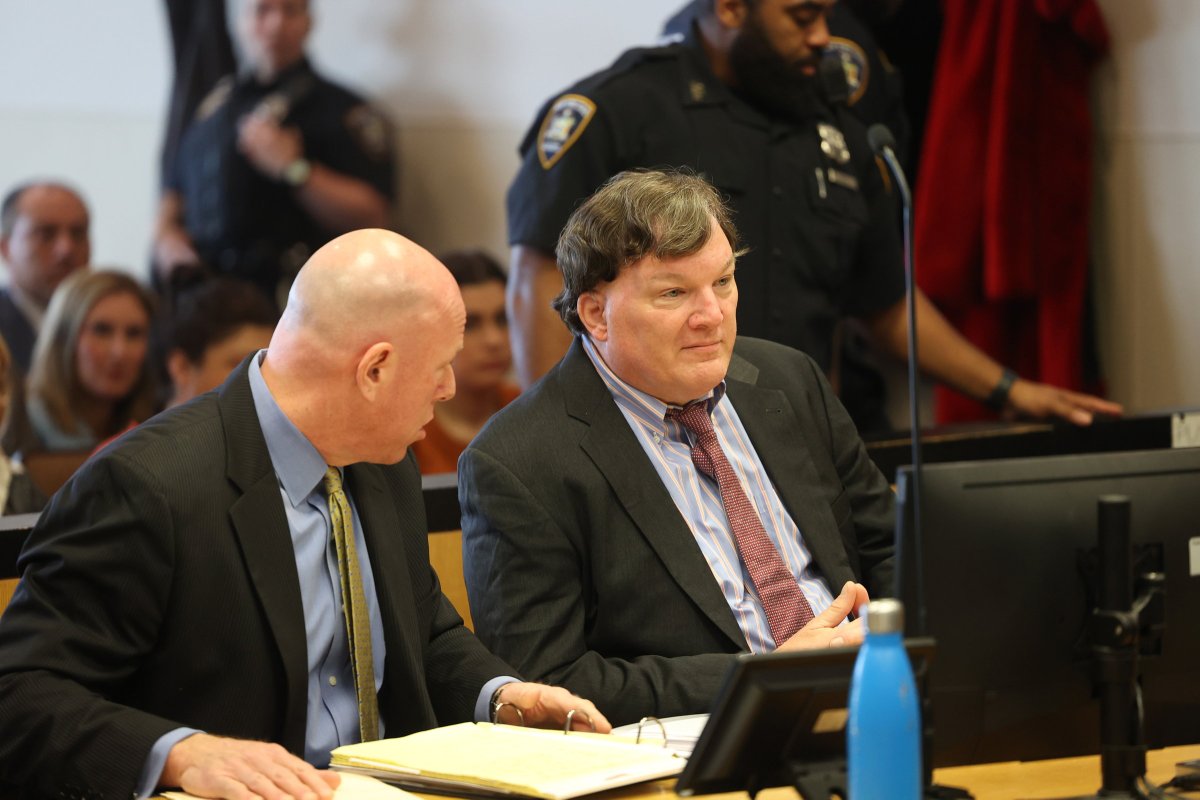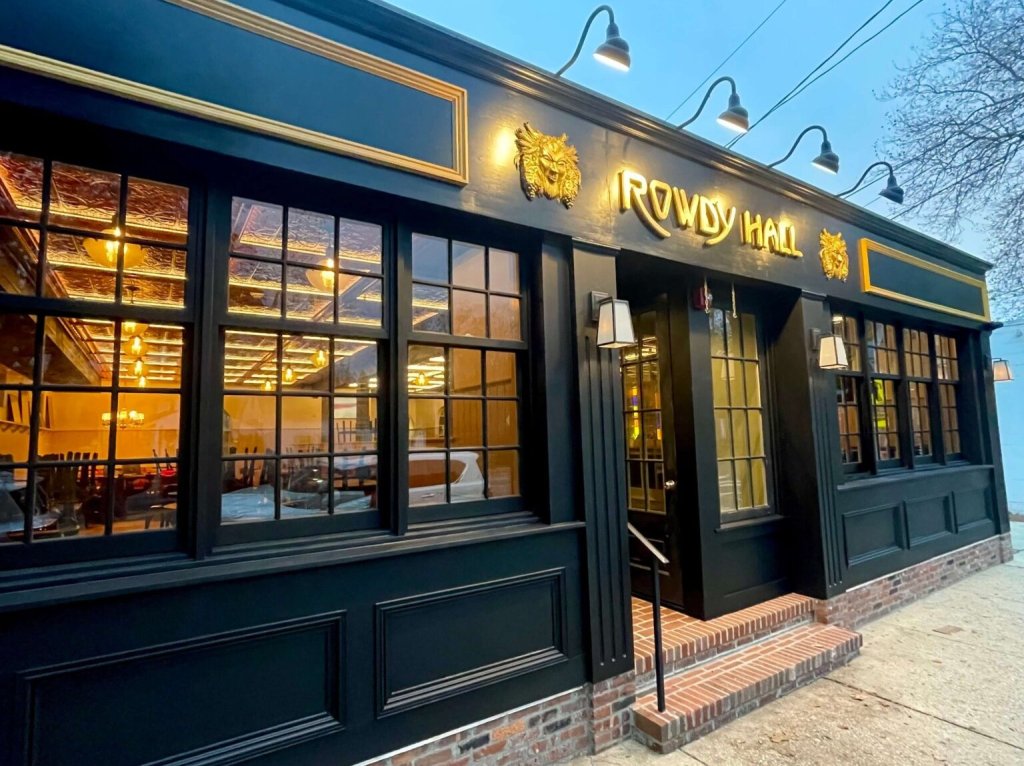4th Annual Die-Off Hits Peconic Bay Scallops

The Peconic Bay scallop fishery experienced its fourth-straight mass die-off this summer, according to local scientists who kicked off two new initiatives that aim to help the East End scallop industry rebound.
Warming waters exacerbating high disease levels, low oxygen levels and adult scallops being physiologically stressed from spawning amid the higher water temperatures were to blame for the die-off in June and July, experts said. In response, scientists at Riverhead-based Cornell Cooperative Extension of Suffolk County (CCE Suffolk) are working on two genetic-driven projects under the leadership of Bassem Allam, a professor of marine sciences at Stony Brook, that evaluate selective breeding as a strategy to mitigate the die-offs.
“I truly believe this approach represents our best hope for the longer-term sustainability of the Peconic Bay scallop population and fisheries,” said shellfish ecologist Stephen Tettelbach, who spent many days scuba diving with aquaculture specialist Harrison Tobi in search of adult scallops known as “broodstock” that had survived the mass die-off of 2021.
The second initiative, led by Tobi and the CCE Suffolk shellfish hatchery, plans to spawn adult bay scallops in the fall, when offspring appear to survive the winter better than those born earlier in the year, with researchers examining whether fall-spawned scallops can endure summer.
The die-offs differ from those in the 1980s when brown tides decimated the scallop stock, but the latest events are still a setback. Very few adult scallops survived die-offs in time for the scallop harvest season in November.
The annual catch last year and in 2021 were only 3% over those in 2017 and 2018, experts said.
“It’s devastating,” said Peter Wenczel, a bayman from Southold. “In some years, bay scallops represent 50% of our income. There are a lot of people who are going to be really hurting.”



